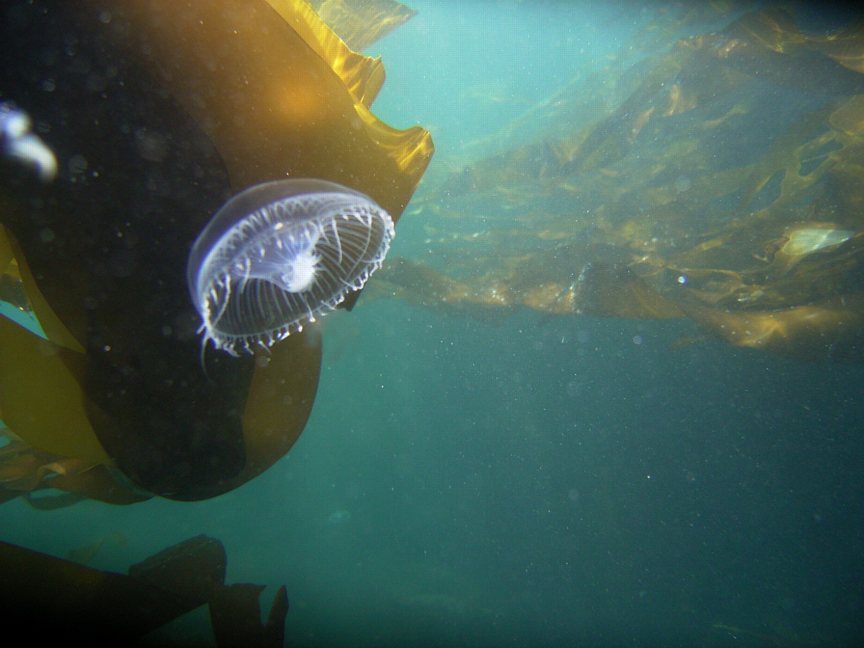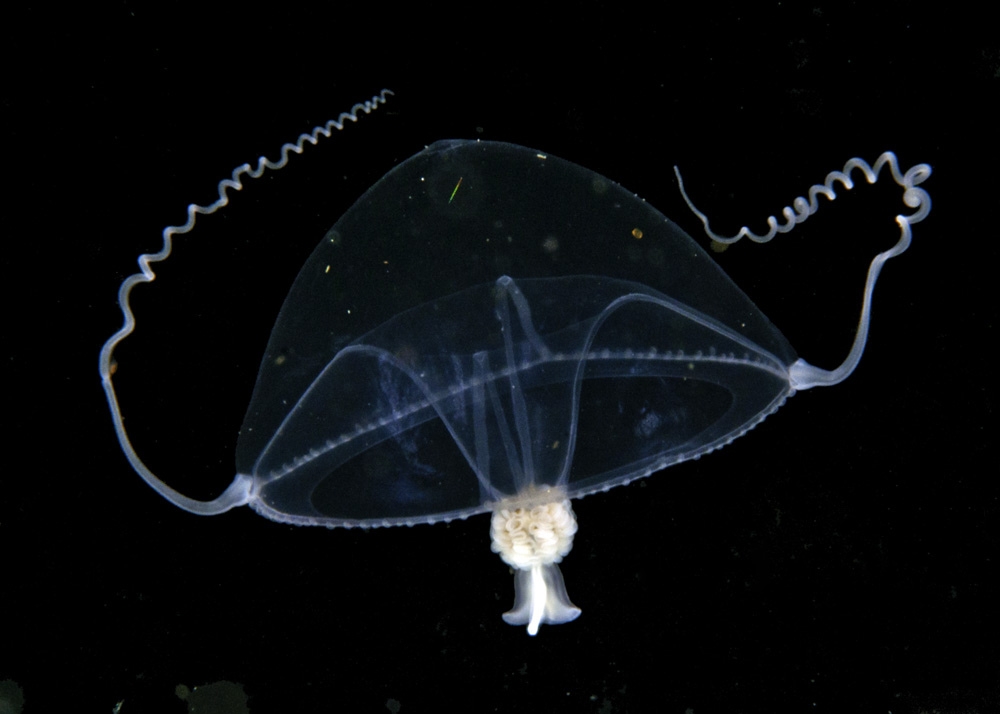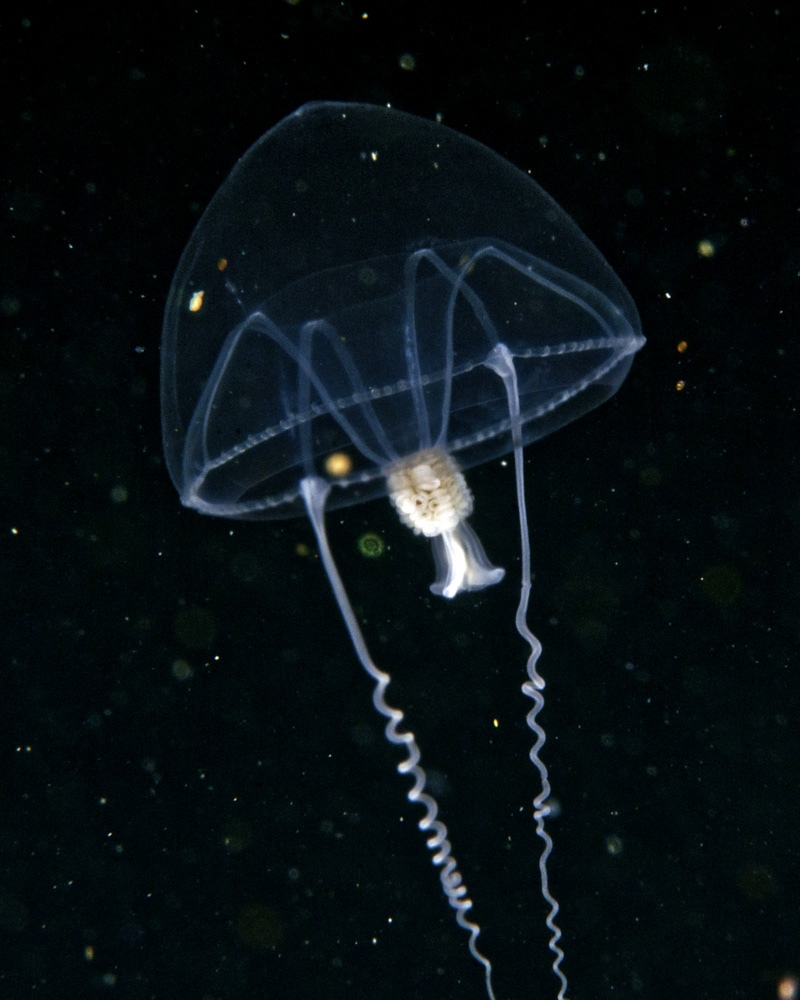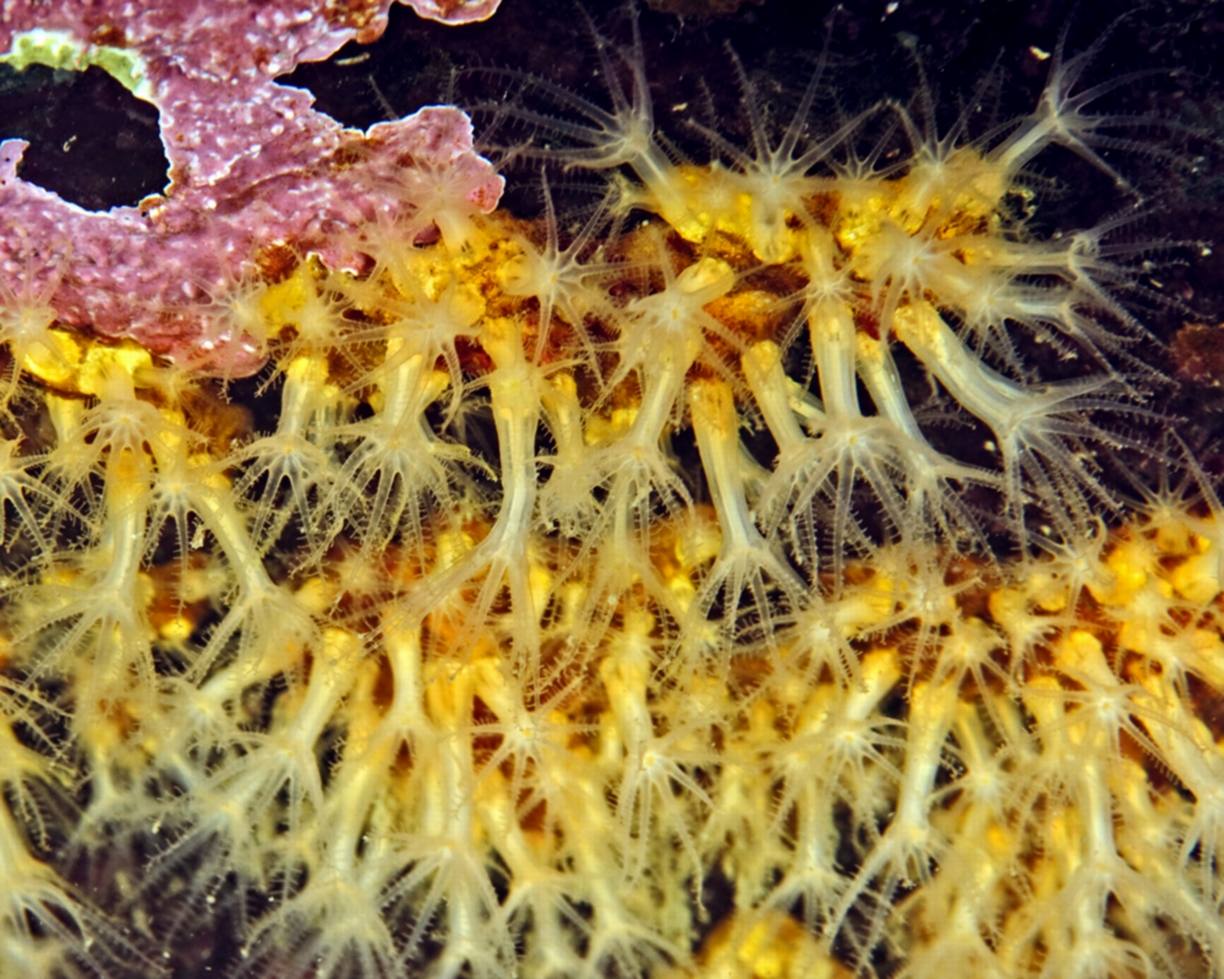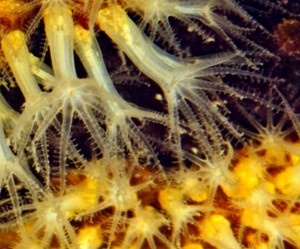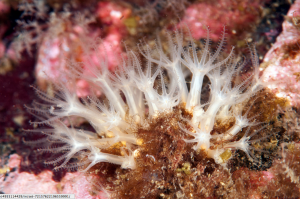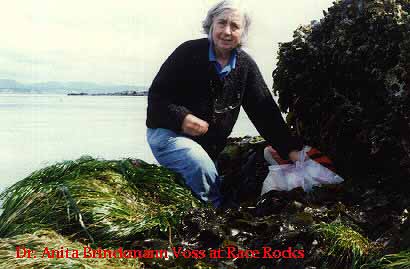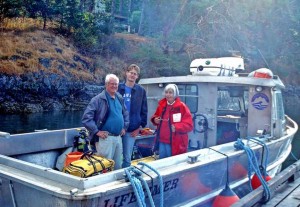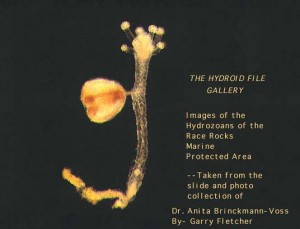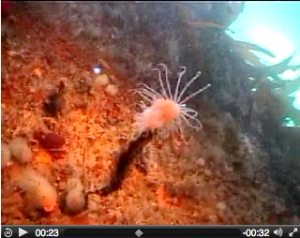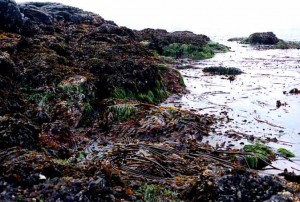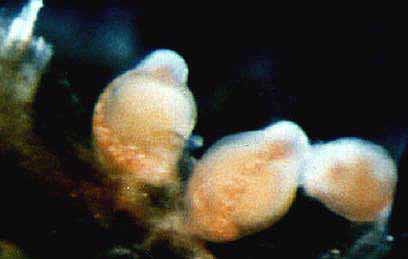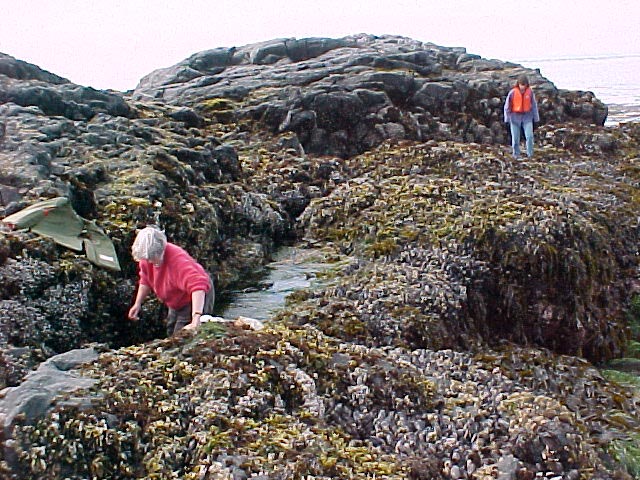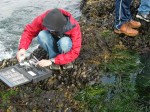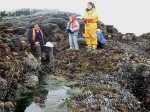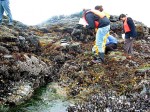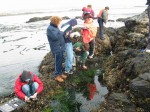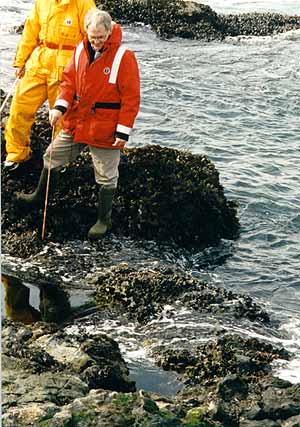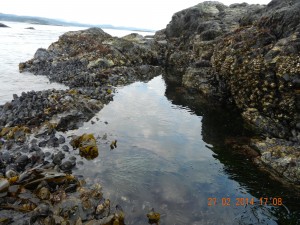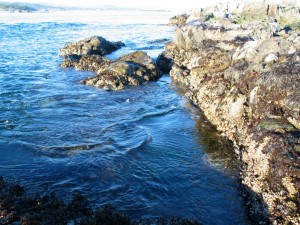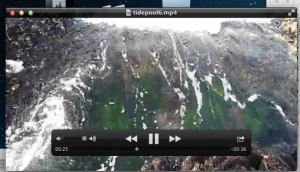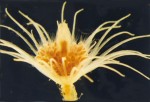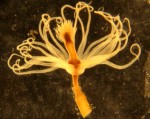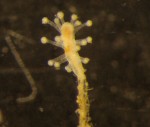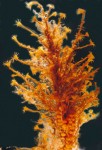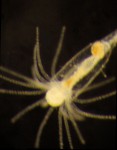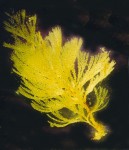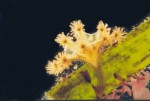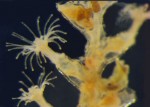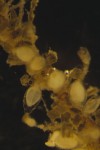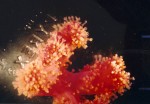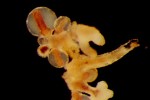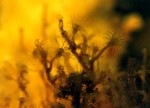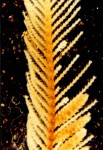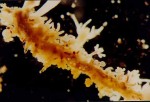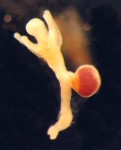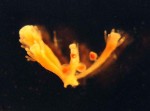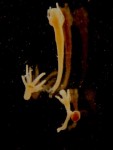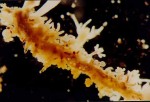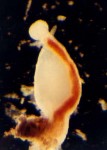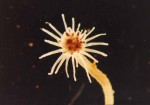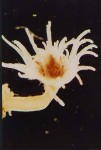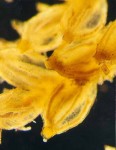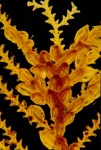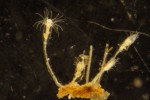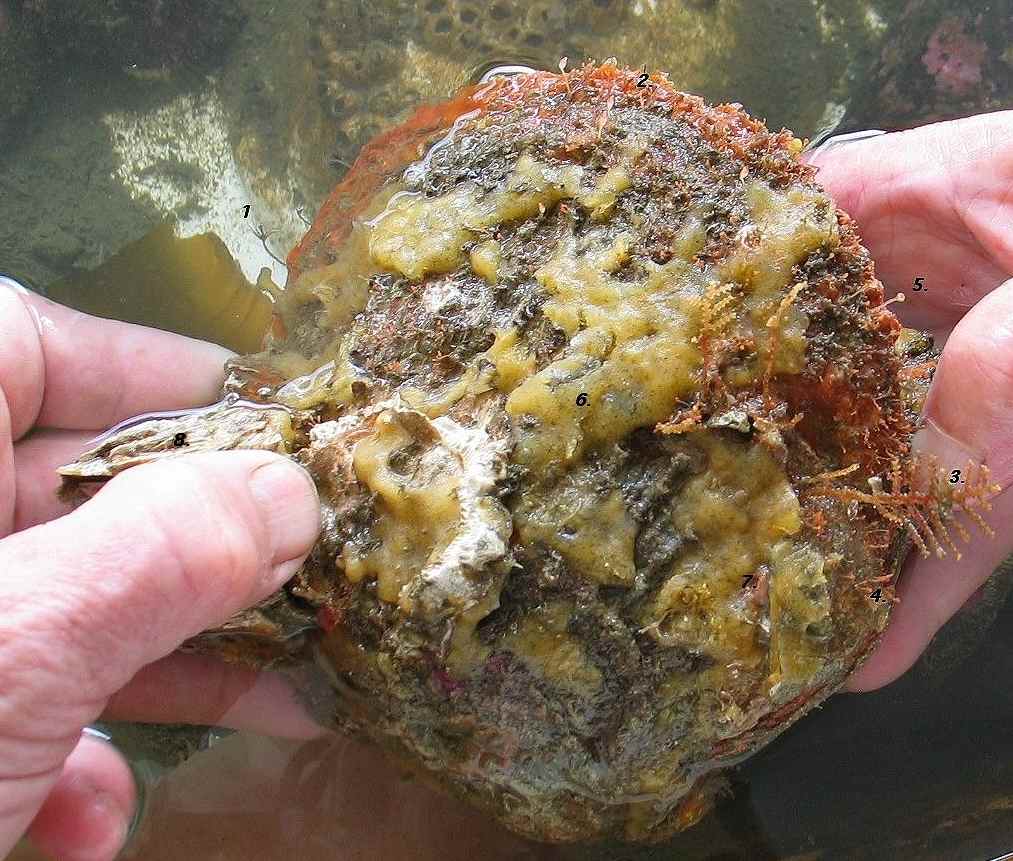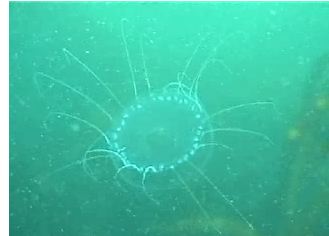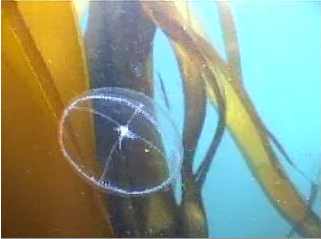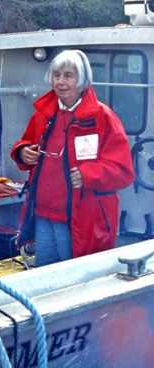 Dr. Anita Brinckmann-Voss passed away on December 12 at her home in Sooke BC. Anita had been a long time friend of Lester B. Pearson College. From 1986, to 2005, Dr. Anita Brinckmann-Voss BC assisted the students and faculty of Lester Pearson College with her understanding of marine invertebrate ecology and her expertise in the taxonomy of hydroids and other invertebrates. Anita was one of the very few remaining taxonomists in the world who worked at such depth with this group of organisms. She assisted many students with their work in biology and marine science and worked closely with several divers at the college who collected specimens for her. Anita also was a regular donor to the Race Rocks program at the college.
Dr. Anita Brinckmann-Voss passed away on December 12 at her home in Sooke BC. Anita had been a long time friend of Lester B. Pearson College. From 1986, to 2005, Dr. Anita Brinckmann-Voss BC assisted the students and faculty of Lester Pearson College with her understanding of marine invertebrate ecology and her expertise in the taxonomy of hydroids and other invertebrates. Anita was one of the very few remaining taxonomists in the world who worked at such depth with this group of organisms. She assisted many students with their work in biology and marine science and worked closely with several divers at the college who collected specimens for her. Anita also was a regular donor to the Race Rocks program at the college.
Dr. Dale Calder, a colleague of Anita who works with the Royal Ontario Museum wrote the following about Anita:
“I knew of Dr. Anita Brinckmann-Voss and her research on hydrozoans from my days as a graduate student in Virginia during the 1960s. Her work at the famous Stazione Zoologica in Naples, Italy, was already widely known and respected.
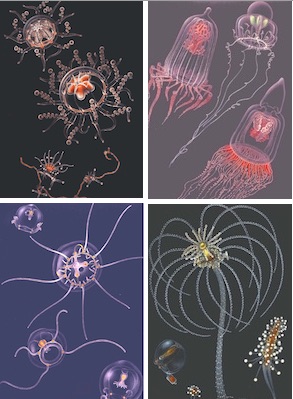 Most noteworthy, however, was a landmark publication to come: her monumental monograph on hydrozoans of the Gulf of Naples, published in 1970. It highlighted studies on hydrozoan life cycles and was accompanied by the most beautiful illustrations of these marine animals that have ever been created. See the complete copy with color plates here: Brinckmann70:
Most noteworthy, however, was a landmark publication to come: her monumental monograph on hydrozoans of the Gulf of Naples, published in 1970. It highlighted studies on hydrozoan life cycles and was accompanied by the most beautiful illustrations of these marine animals that have ever been created. See the complete copy with color plates here: Brinckmann70:
It was not until 1974, and the Third International Conference on Coelenterate Biology in Victoria, British Columbia (BC), Canada, that I met her for the first time. We discovered having common scientific interests and saw absolutely eye-to-eye on most issues. It was the beginning of a scientific collaboration and friendship that would last a lifetime. I always greatly valued her scientific insights, but I also appreciated her humility, good nature, and keen sense of humour.
In having moved from Europe to Canada, first to Winnipeg, Manitoba, and later to Toronto, Ontario, Anita’s research shifted from Mediterranean species to those of Canadian waters and especially British Columbia. Her professional base became the Royal Ontario Museum and the University of Toronto, but it was far from the ocean. She soon acquired a residence in Sooke, BC, conveniently located on the beautiful Pacific coast. Life cycle research was now possible on Canadian species, and at times several hundred cultures of hydrozoans were being maintained by her. One final move was made, from Ontario to permanent residence at her cottage in Sooke. From there she kept marine research underway the rest of her life. A focus became Race Rocks and the rich hydrozoan fauna inhabiting the site.
Anita altered the direction of my career in a most positive way. It was largely thanks to her that I moved from employment as a benthic ecologist in South Carolina to a curatorial position at the Royal Ontario Museum in 1981. It was the best career move of my life. Thank you, Anita!
Over the decades we collaborated in research, shared our libraries, and jointly authored several scientific papers. Outside a professional association, we were close friends. My wife and I often visited Anita at her homes, first in Pickering, Ontario, near Toronto, and later in Sooke. In return, she often visited us in Toronto after moving west. It is an understatement to say she will be sorely missed.”
-(Quote from Dr. Dale Calder, ROM, 2018)
Links to her work with the college:
https://www.racerocks.ca/dr-anita-brinckmann-voss/
Other references: https://www.racerocks.ca/tag/anita-brinckmann-voss/

